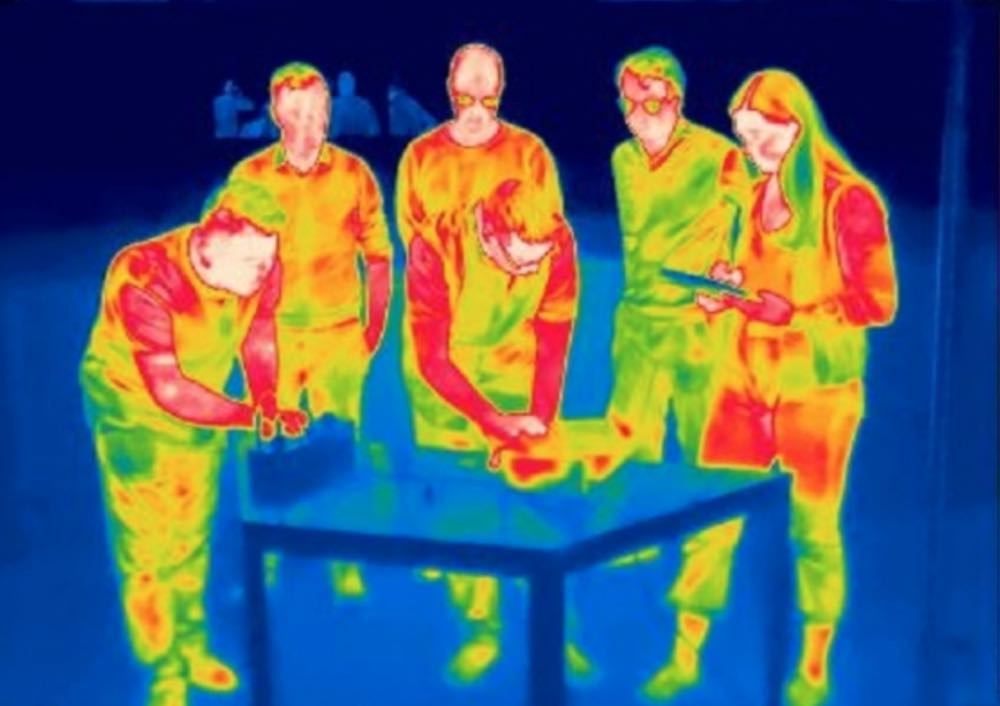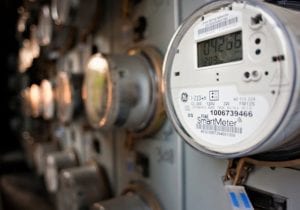Two years ago a team of researchers in Sydney showed that it was possible to create light-based electricity in the dark.
Fast-forward to 2024 and they’ve been nominated for a Eureka prize, the most prestigious science awards in Australia, and have funding locked in from the US Airforce to develop their technology to use in space.
“What these devices do is the opposite of a solar panel,” says Professor Ned Elkin-Daukes, leader of a team at University of New South Wales (UNSW) that includes Muhammad Sazzad, Dr Phoebe Pearce, and Dr Michael Nielsen.
“In this case we call it a thermoradiative diode. This device is warm and it generates power when it emits light into cold surroundings.”
The project showed in 2019 that the thermodynamic theory behind the concept – that any type of light generated by heat, even if it’s too low a wavelength for the human eye to see should be able to generate electricity – was possible.
Next came a room temperature, lab-bench-top prototype using materials found in night-vision goggles in 2021 – the one that made headlines the following year.
But until then the project had seen no funding. To take it out of the lab and into the real world required funding, which is when the US Airforce stepped in.
Today, the team is building a thermoradiative semiconductor from “friendlier” materials than those used in night-vision goggles – a III-V compound semiconductor alloy rather than the ominous combination of mercury cadmium telluride.
And they’re testing that material at temperatures experienced in space.
The concept is to add the technology to satellites in low earth orbits, which typically have a 45 minutes ‘day’ followed by a 45 minute ‘night’.
“What we can do is generate a bit of extra power during that nighttime period. That’s a high tech application and the first practical application beyond the novelty in the lab of ‘oh we can do this’. Let’s make an improved version of this and demonstrate it as a potential power source for spacecraft,” Elkin-Daukes says.
He hopes that given the advances in microelectronics, we won’t need to wait as long as it took photovoltaic panels to get out of the sky and onto rooftops — a period of about 50 years.
Heat and light
The way the thermoradiative diode works is by using the light created by heat energy.
The sun is the obvious source of light, but this is also how light bulbs work or the glow of an electric cooktop.
“If the sun was at the same temperature as the earth it would emit some photons to the earth and the earth would emit the same number of photons back to the sun,” Elkin-Daukes says.
“You have this very hot sun and you’ve got this relatively cool earth, and so that’s at the most fundamental level why solar power works, is because you’ve got that temperature difference.”
The warmer parts of a building emit light – which is why thermal imaging cameras are so popular to borrow from the library – and humans do as well.
“That is how someone can take a thermal image of you and you’re glowing. That is how night vision works,” he says.
Don’t mention the ‘e’ word
The thermoradiative diode works on the same lines, but instead of measuring the lightwaves from the heat differential it turns that into electricity, albeit at a much, much lower energy density.
However, where solar panel aficionados are now used to referring to efficiency – panels are usually about 24 per cent efficient at converting photons into electricity – that metric doesn’t work for this tech, Elkin-Daukes says.
And that is because the energy source, say from the heat of a body, is variable, unlike the sun.
“An analogy that might work for Renew Economy readers is a car. When we’re driving along the road in a conventional car with a combustion engine, normally we’re interested in maximum efficiency and that means we keep the revs low,” he says.
“You do that because you don’t want to burn fuel unnecessarily, so you’ve optimised your thermal engine for maximum efficiency. But then you need to overtake a truck and do so quickly.
“You floor the accelerator, the revs go up, the car moves ahead really fast and you no longer care about fuel efficiency. At that point the car is burning more fuel and is creating maximum power but at a low efficiency.”
It means that a thermoradiative diode could have high efficiency – as high as 50 per cent – but generate little power, or have single-digit efficiency but generate higher amounts of electricity.
Elkin-Daukes prefers to talk about energy density.
If a photovoltaic panel can generation 220 watts/square metre (sqm), the 2022 thermoradiative diode in the lab got 2 milliwatts/sqm. The current work is to get that up to 10s of watts/sqm.
“In no way is the thermoradiative diode going to be as powerful as a solar panel. It’s thermodynamically not possible get the same power density, but it’s now possible to generate power when have a warm surface and a cold surrounding,” Elkin-Daukes says.










